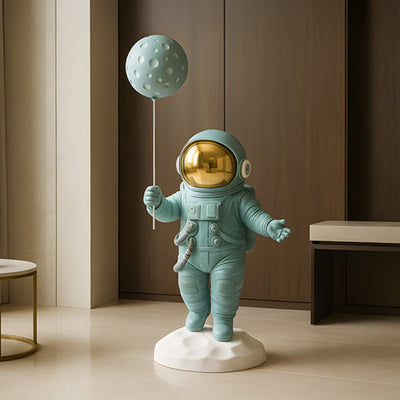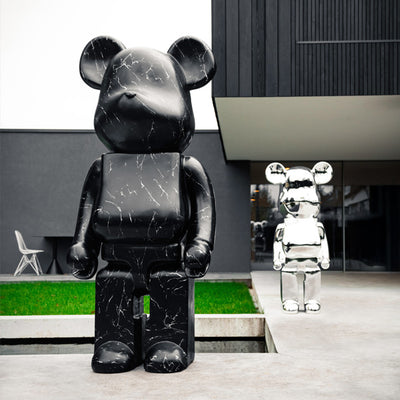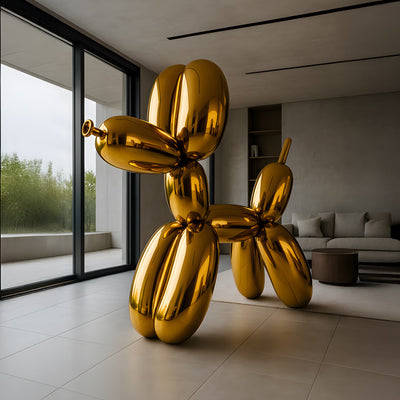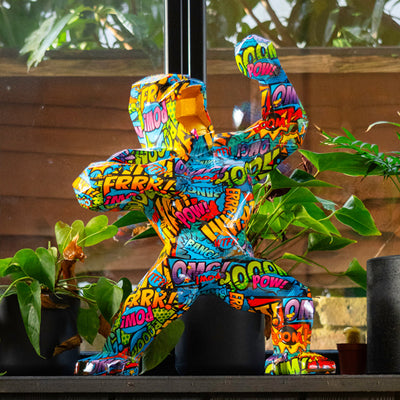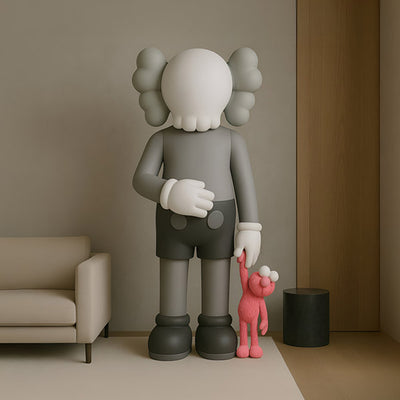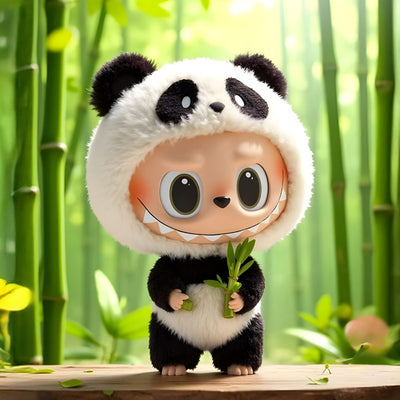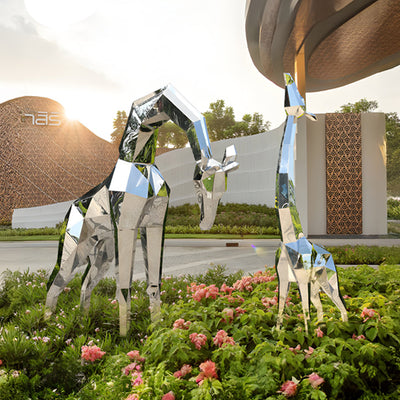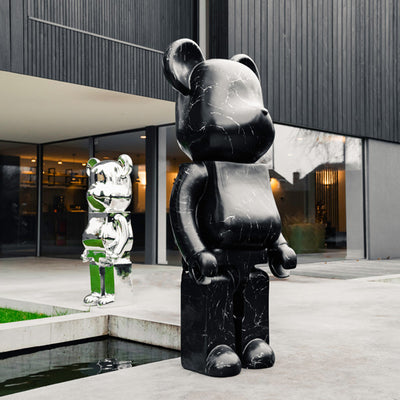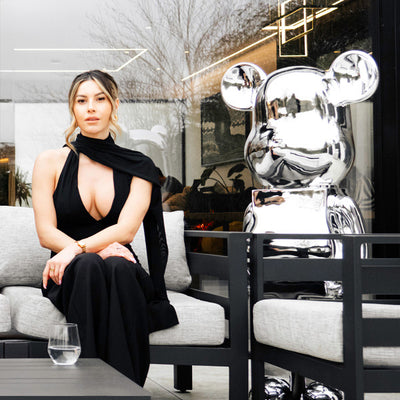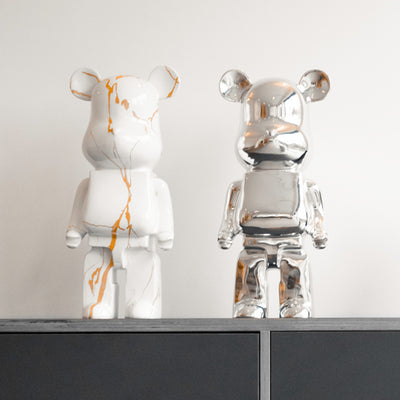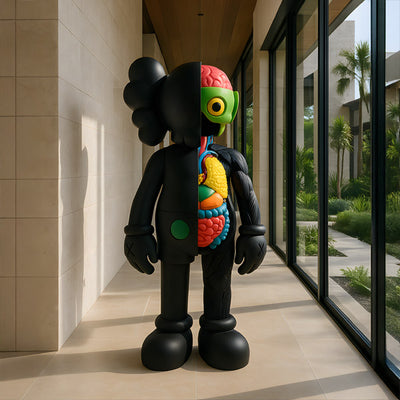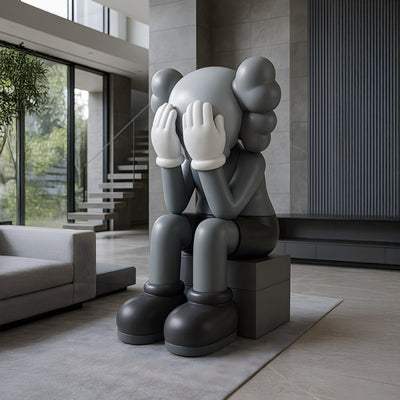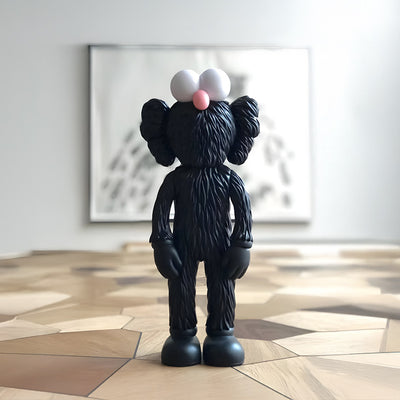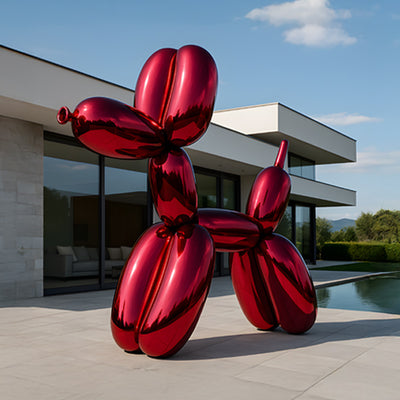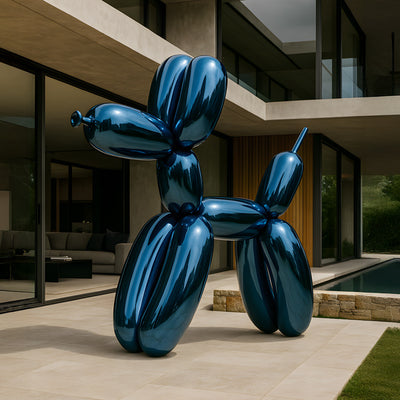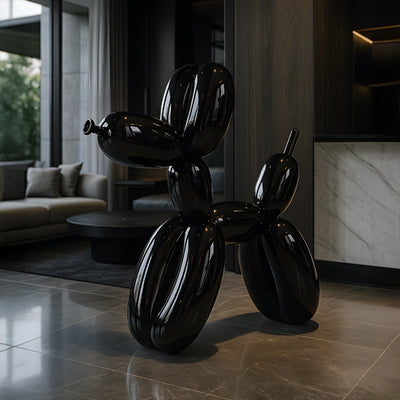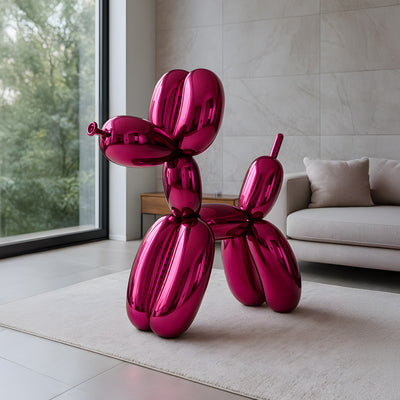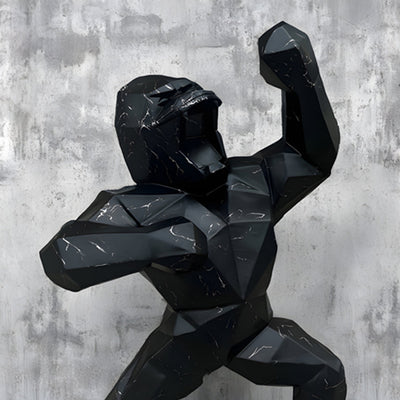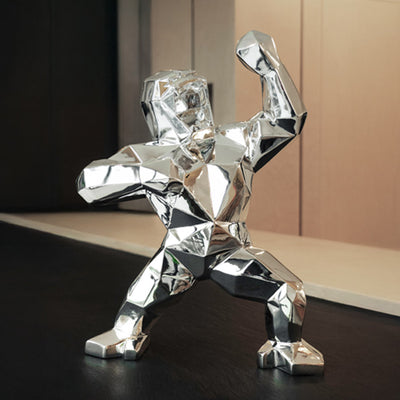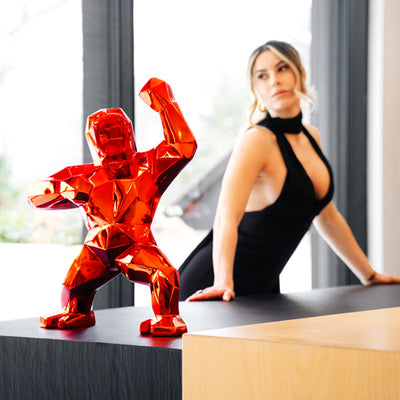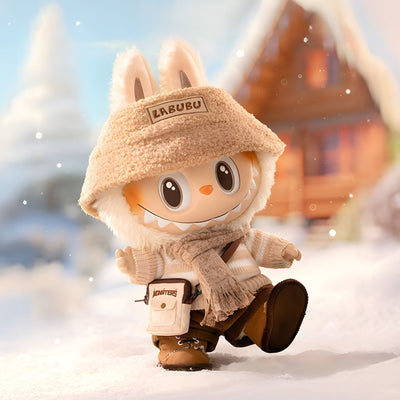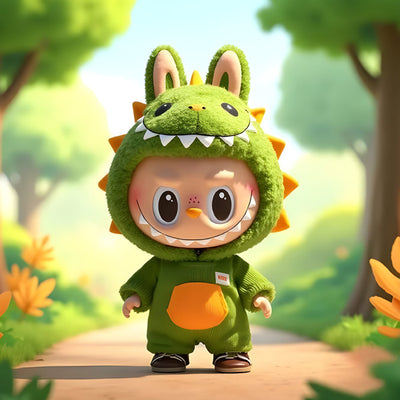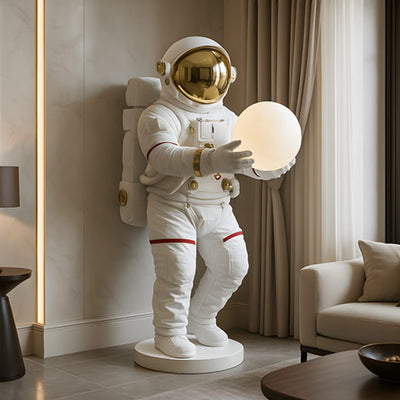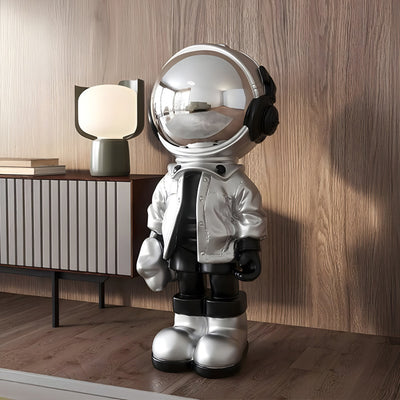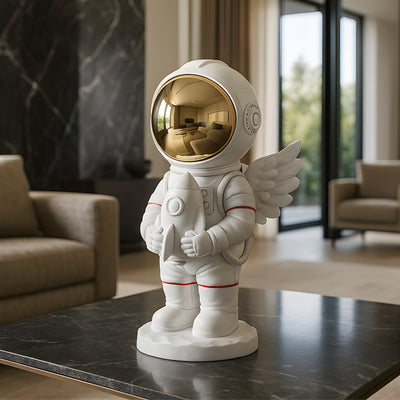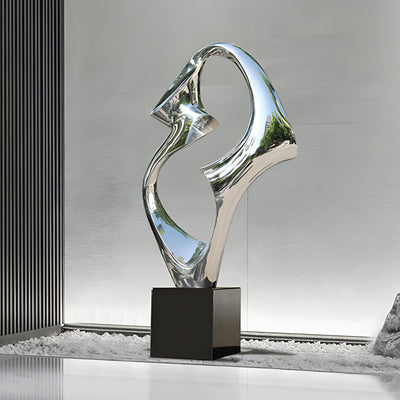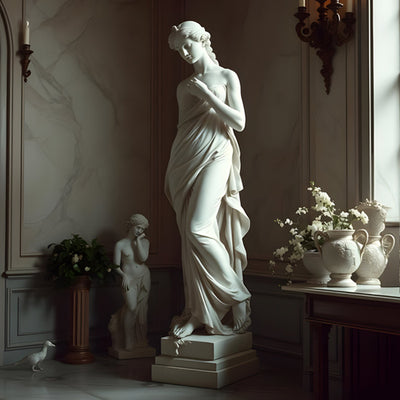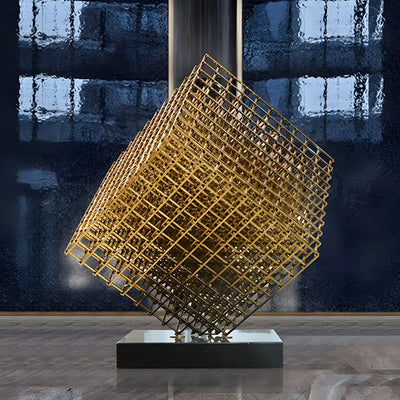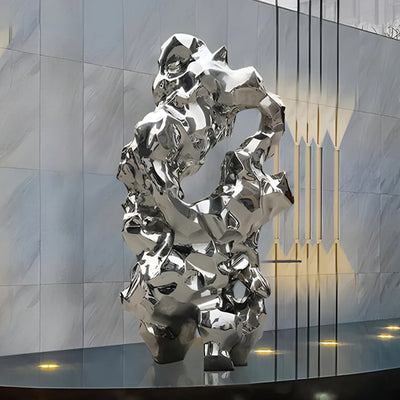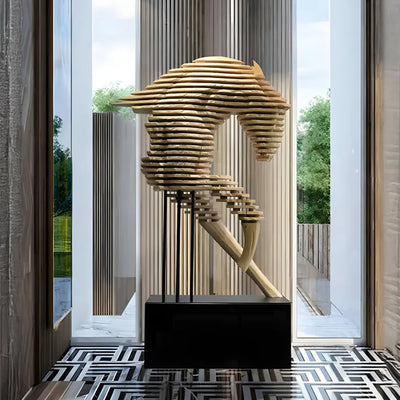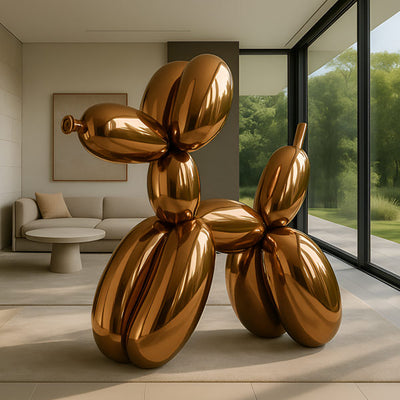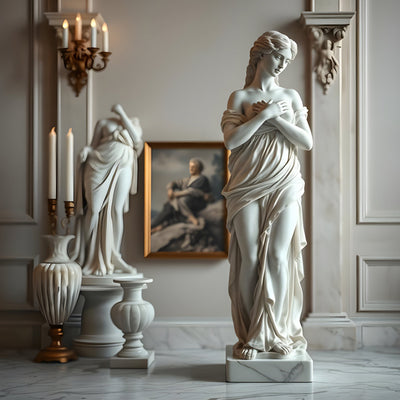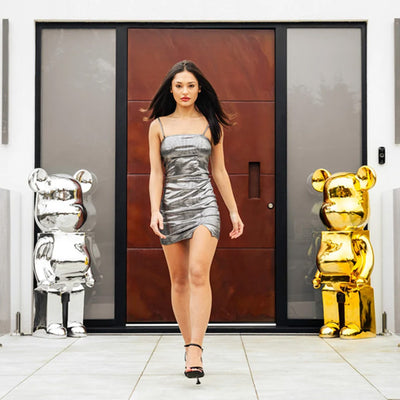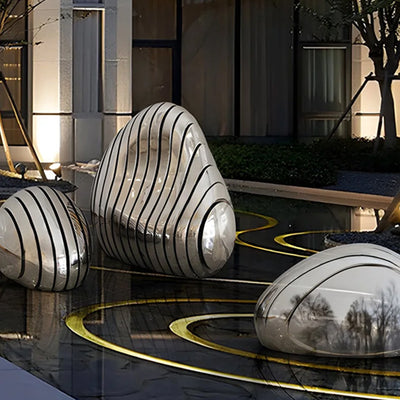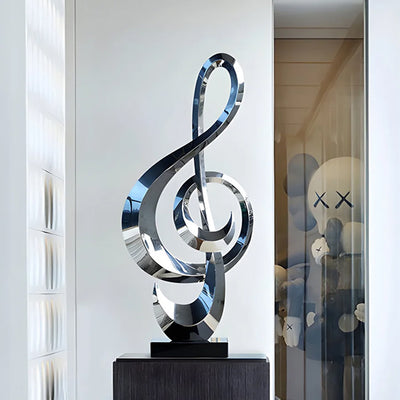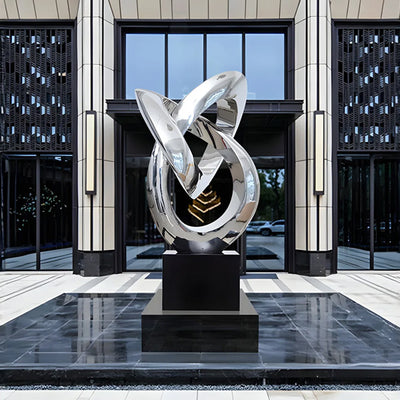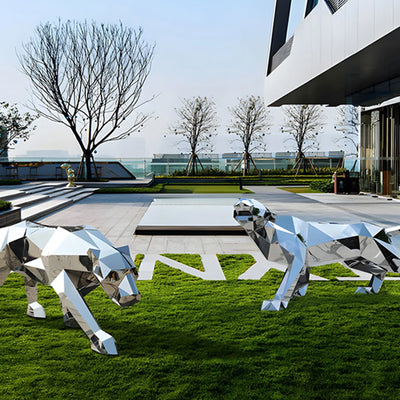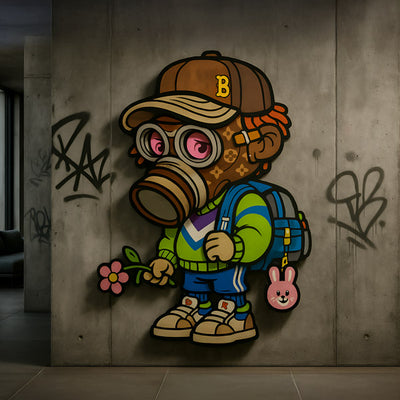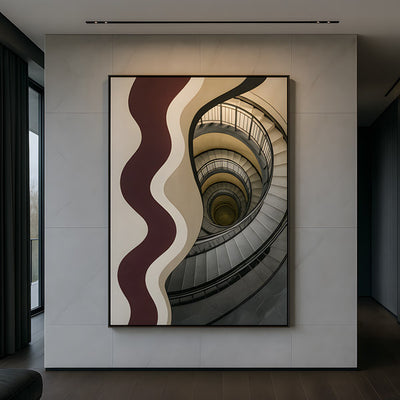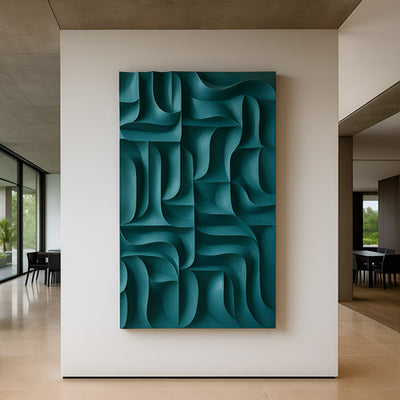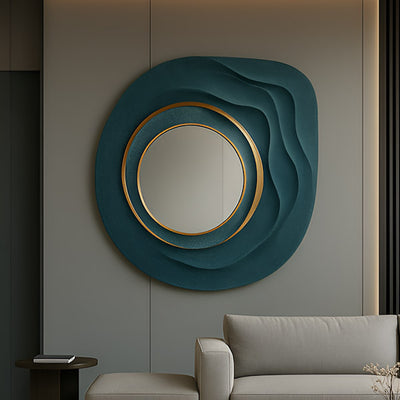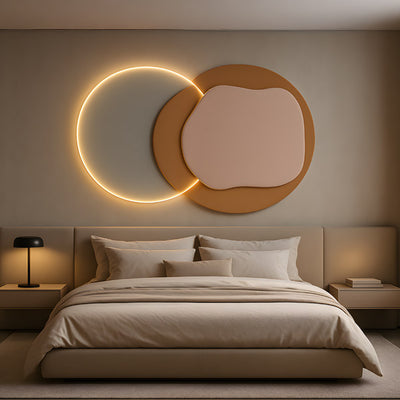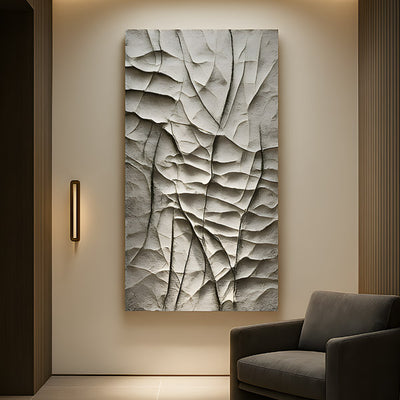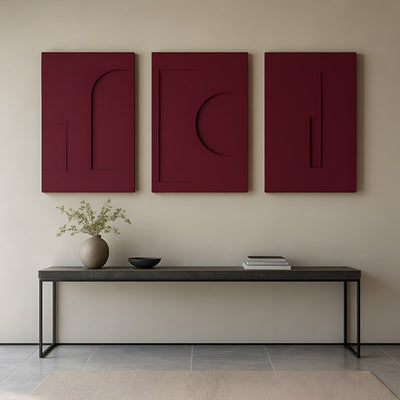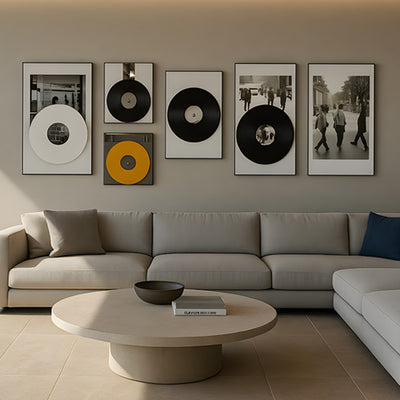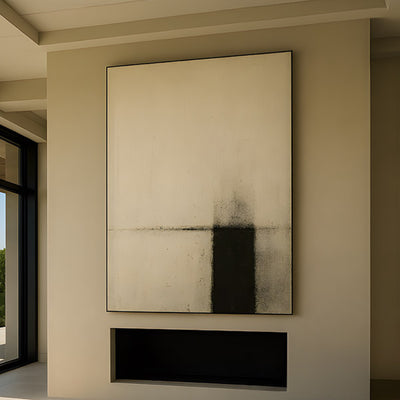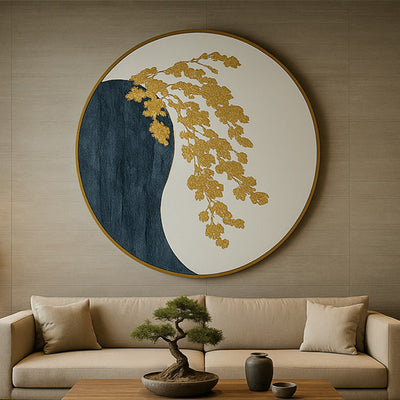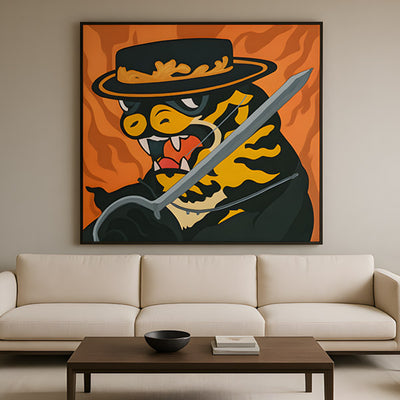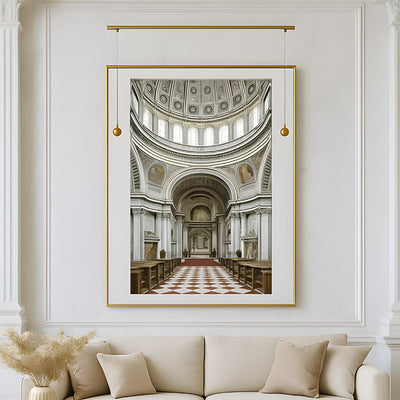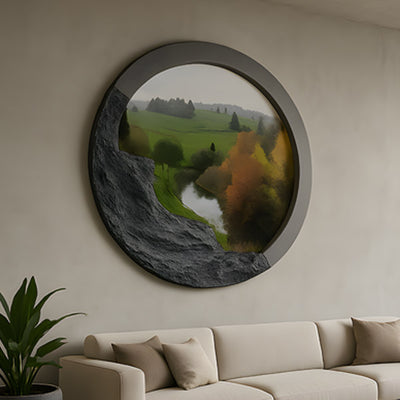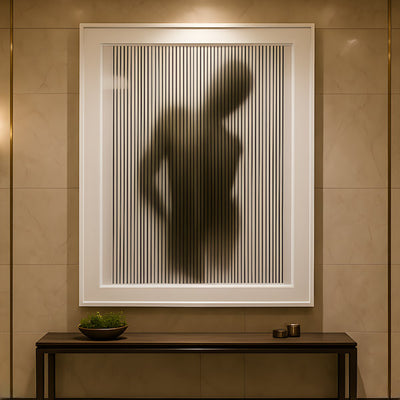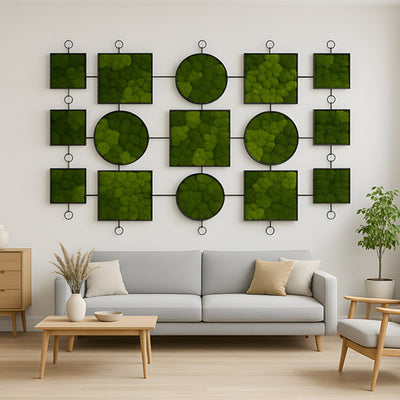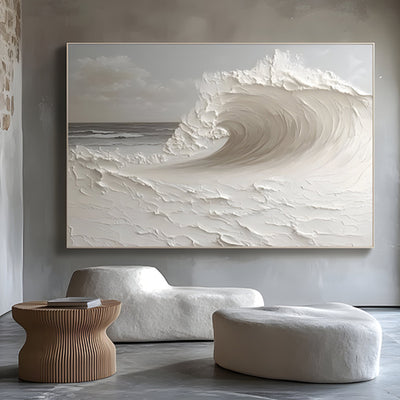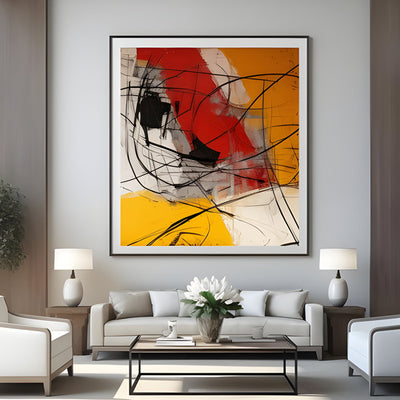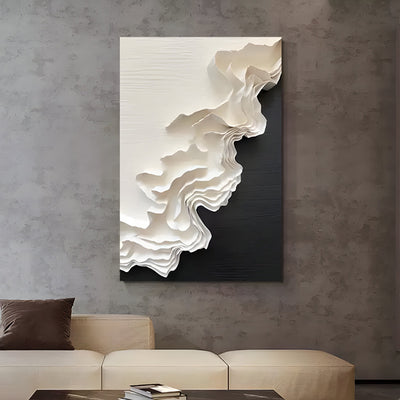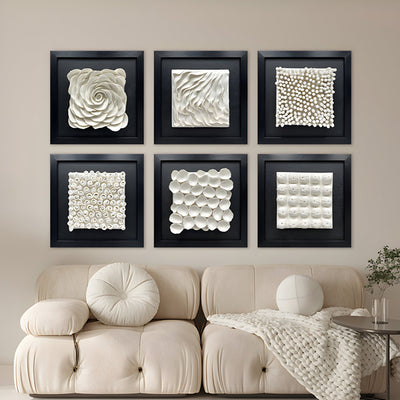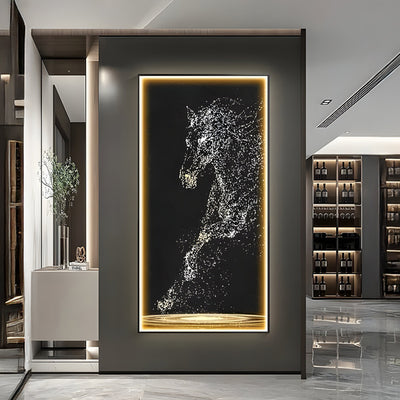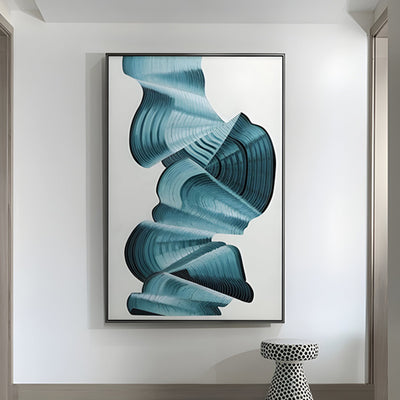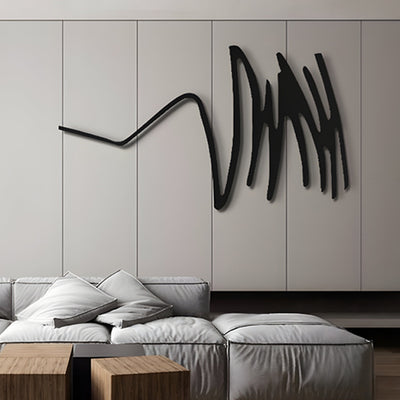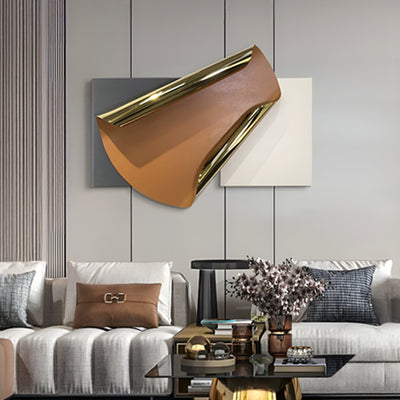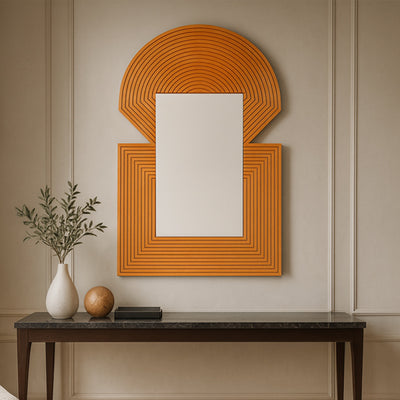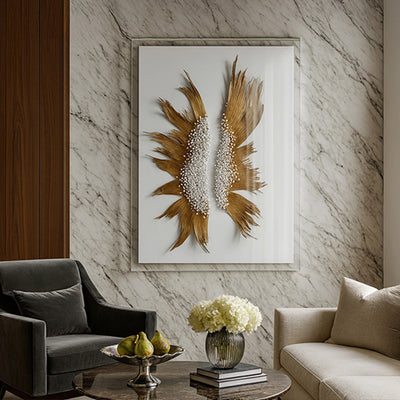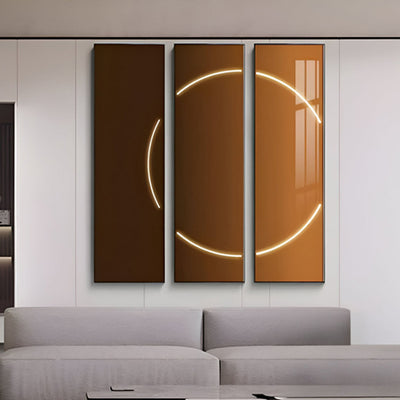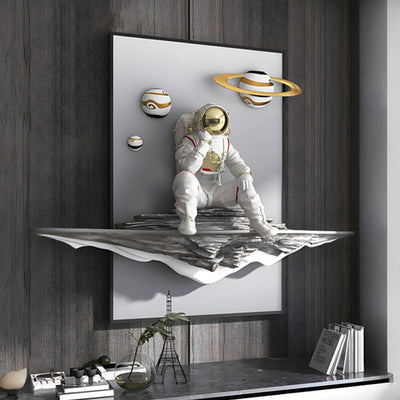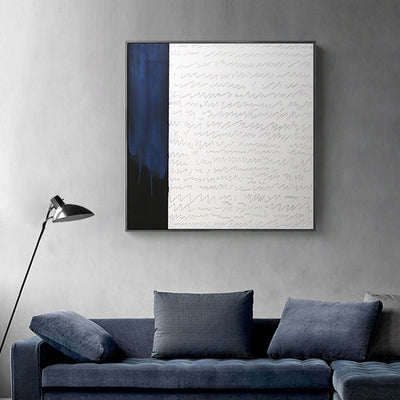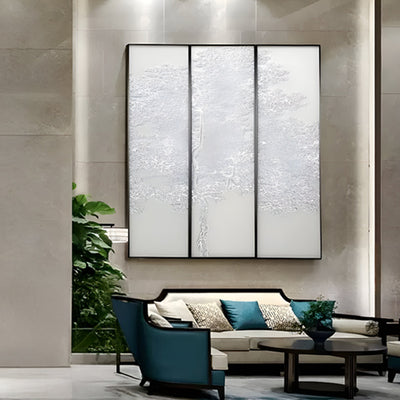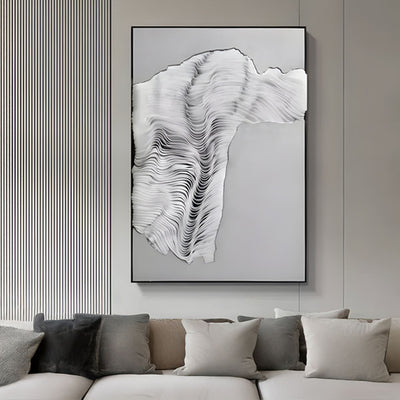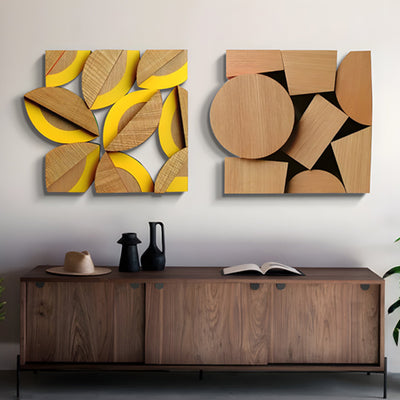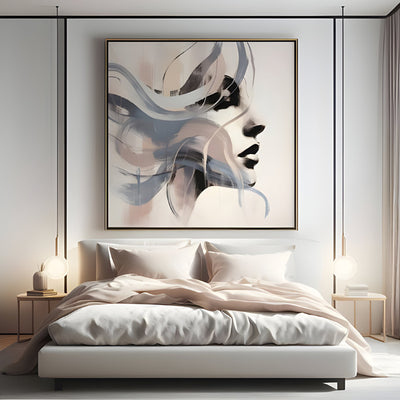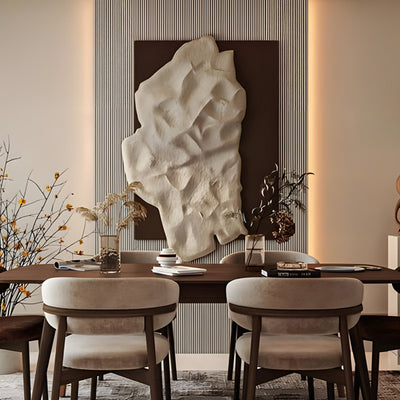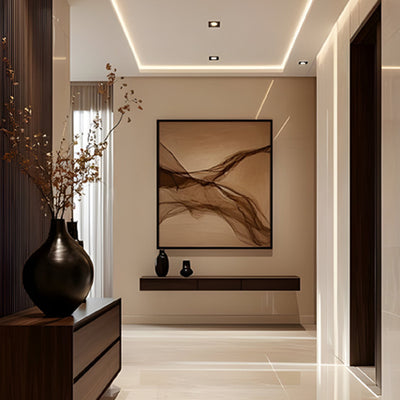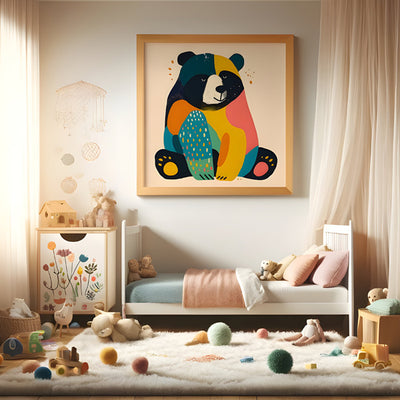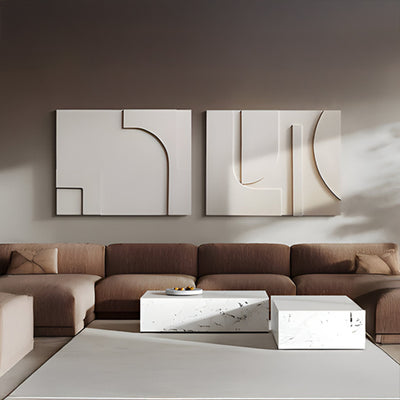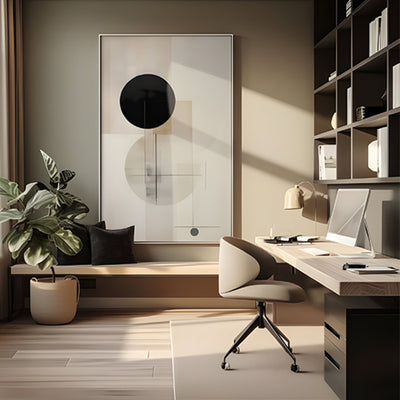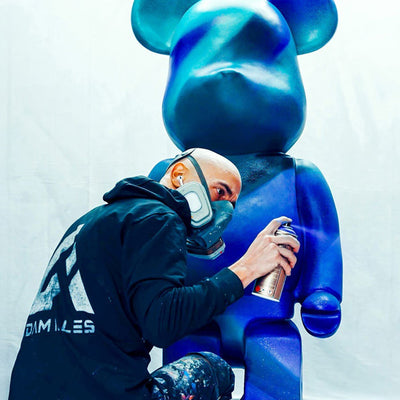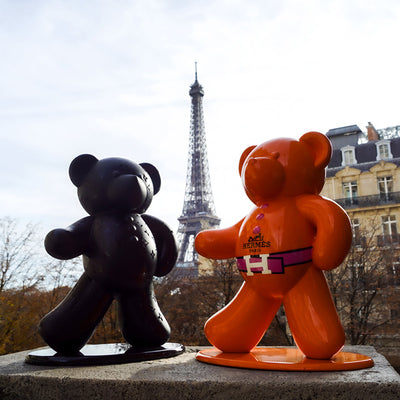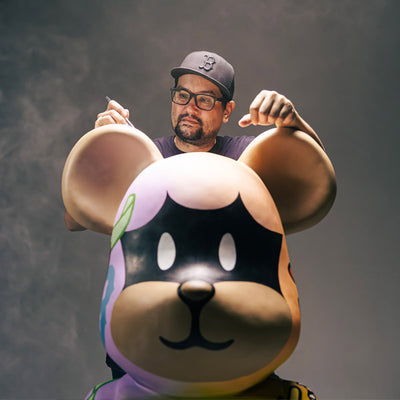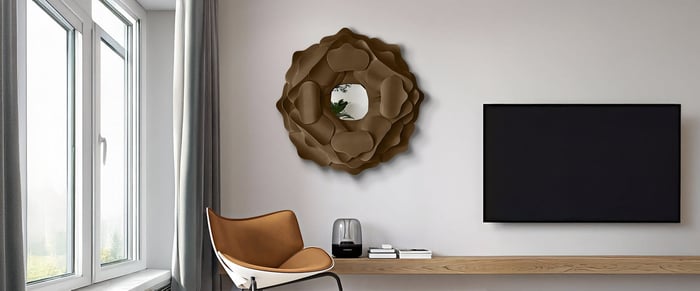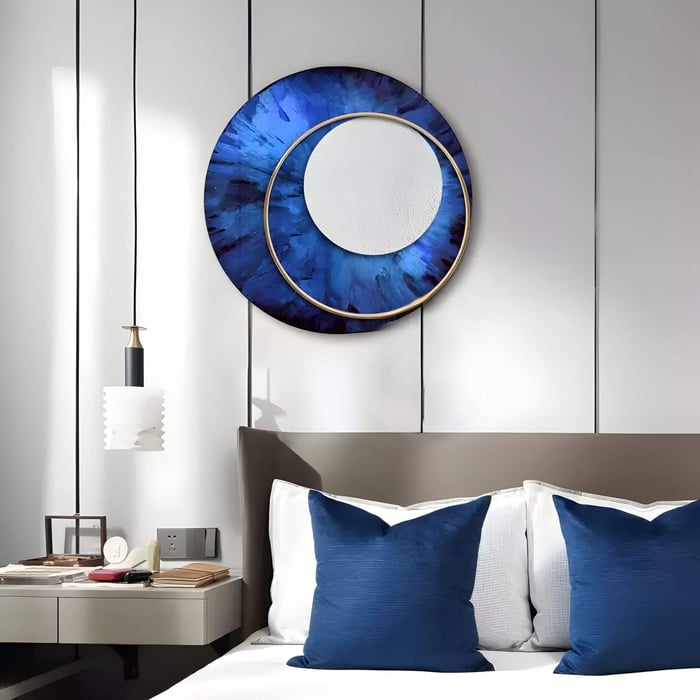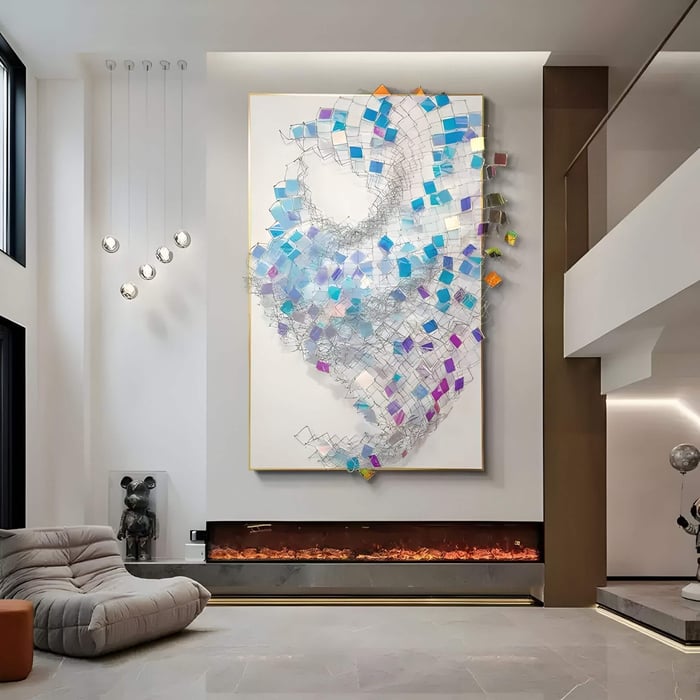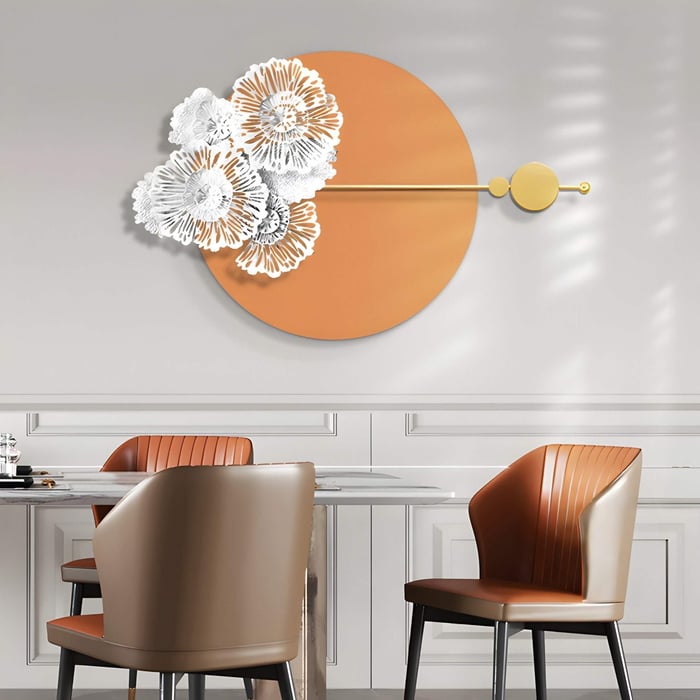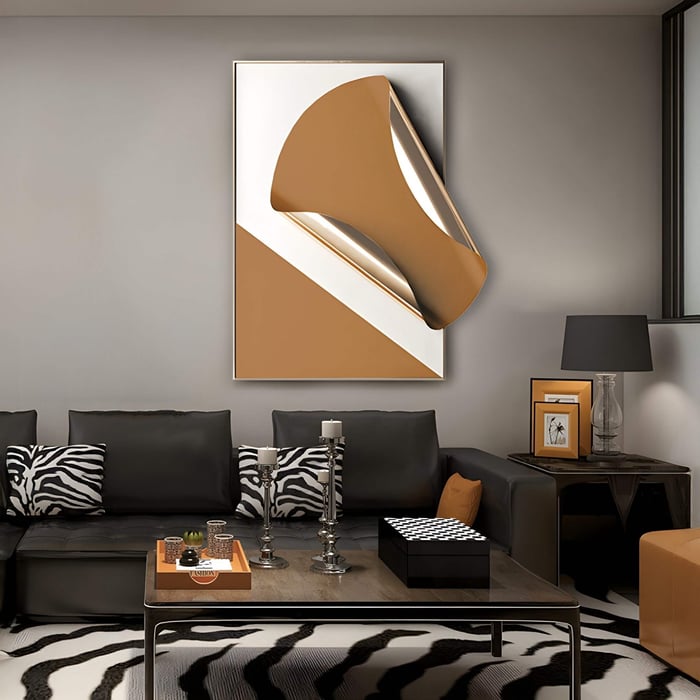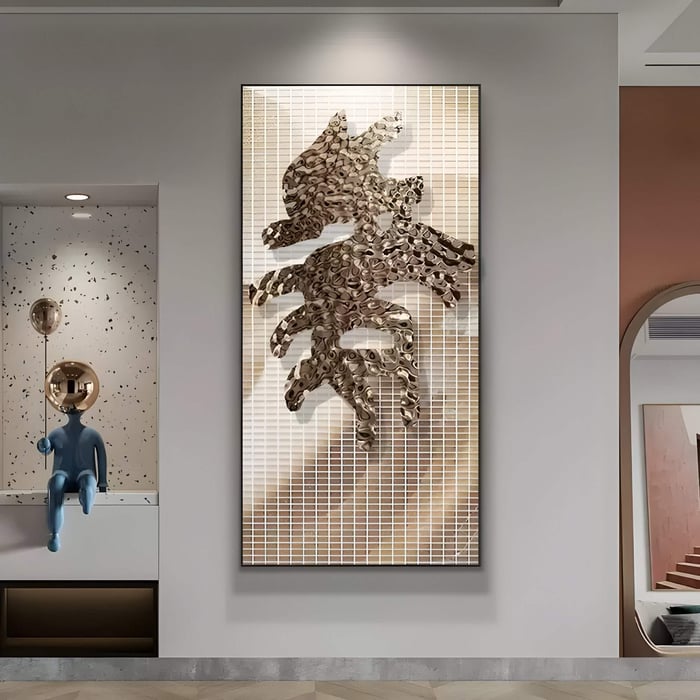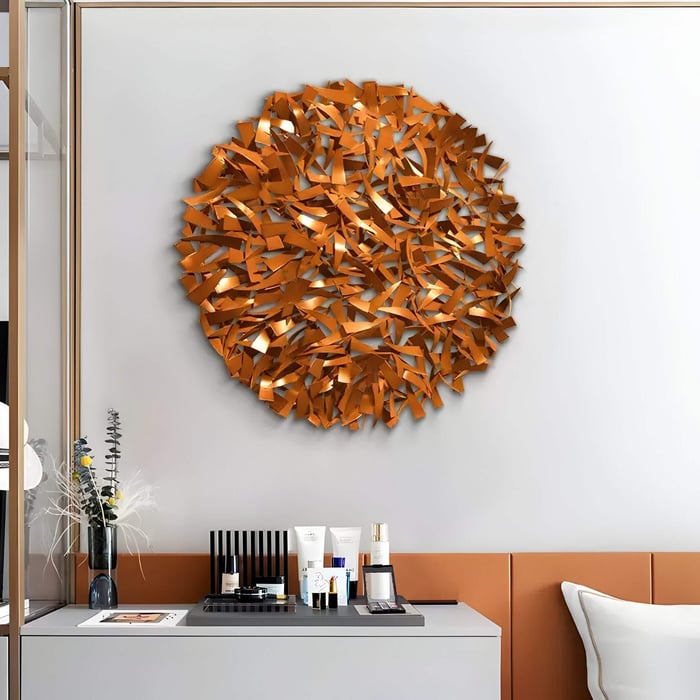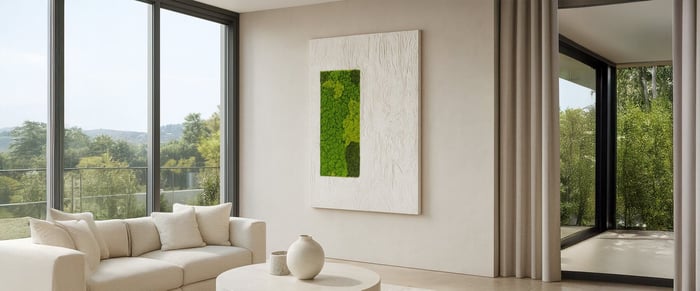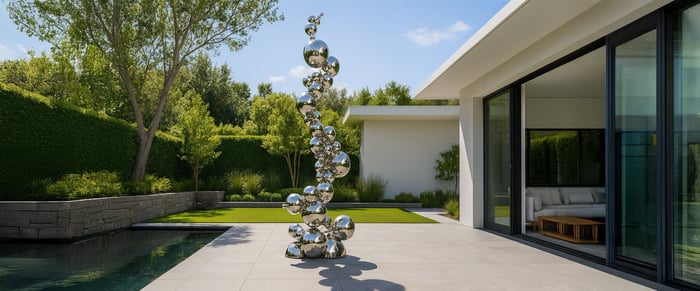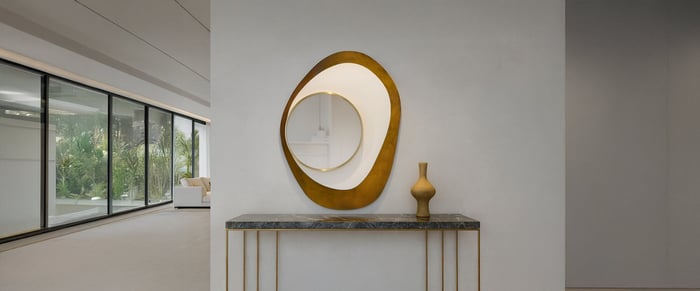Table of Contents
- Defining Rustic Iron Art vs Modern Iron Art
- Textures, Finishes & Material Choices
- Motifs, Patterns & Visual Themes
- Scale, Proportion & Visual Weight in Style Contexts
- Colour & Contrast Considerations
- Placement & Integration in Different Décor Schemes
- Lighting & Shadow Play That Enhances Style
- Maintenance & Durability: Style vs Practicality
- When to Blend Rustic + Modern Iron Art (Hybrid Styles)
- Conclusion: Choosing the Right Iron Art Style for Your Space
- FAQs
When you walk into a room and your eye is drawn first to a piece of wall décor, that speaks volumes about your space. Iron art - whether in the form of wall panels, sculptures or decorative metal pieces, offers durability, texture and strong visual impact. But the style you select - rustic or modern, can dramatically influence how a room feels.
A poorly chosen piece can feel out of sync, while the right one creates balance, warmth, and character. This guide explains how to select the right piece by understanding what sets rustic and modern styles apart. You’ll see how texture, finish, and material shape personality, why colour and scale matter, and how placement and lighting complete the picture. We’ll also explore ways to blend rustic warmth with modern precision for a look that feels timeless and effortlessly cohesive.
By the end you’ll have a clear framework for selecting iron wall art, or deciding whether to go rustic, modern-or-mix, so your purchase enhances rather than fights your décor.
Defining Rustic Iron Art vs Modern Iron Art
Rustic Iron Wall Art
The term “rustic” usually conjures aged surfaces, visible handcrafted detail and materials that feel lived-in. With iron art, rustic wall sculptures often feature hammered or forged iron, rough textures, visible welds, weathered patinas, and motifs inspired by nature - leaves, vines, animals, raw geometric forms.
These pieces pair beautifully with wood-heavy interiors, stone hearths, earthy colour palettes and vintage or farm-style settings. Not only does the texture bring warmth, it feels authentic and tactile.
Modern Iron Wall Art
By contrast, modern art is refined. Think clean geometry, laser-cut precision, sleek edges, minimal motifs and finishes like brushed steel, powder-coated matte black or polished metallic sheens. The surface is smooth, the lines crisp, and the visual impact is coolly composed.
Modern metal wall art suits industrial lofts, contemporary open-plan interiors or minimalist settings where the piece acts as a sculptural accent rather than blending into ornamentation.
Why This Distinction Matters
The risk lies in mismatch. A rugged, rust-toned piece in a slick white-cube space may feel jarring. Equally, a polished steel sculpture in a cosy country cottage can look cold and out of place. By recognising whether your setting leans rustic or modern, you can choose iron wall art that enhances the mood rather than disrupts it.
Textures, Finishes & Material Choices
When selecting the right metal wall sculpture, material and finish aren’t just design details, they define style.
Forged iron & visible craftsmanship: For rustic iron art, you’ll often find hammered surfaces, rivets, raw edges and patinas that tell a story. These finishes favour warmth, grit and character.
Powder-coated or brushed metal: Modern iron art relies on smooth surfaces, consistent finish and refined detailing, powder-coated to resist corrosion or brushed steel that reflects light subtly.
Patina, rust, warmth: Rustic finishes may evolve over time - copper tones deepen, iron oxidises. That’s part of the appeal.
Cool metallics and monochromes: Modern options emphasise black, gun-metal grey, stainless finishes or even bold colour overlays for contrast.
Material suitability: Rustic pieces often tolerate imperfection, so materials like wrought iron or reclaimed steel are common. Modern pieces may use aluminium, laser-cut sheet steel or minimalist frameworks for precision and lighter weight.
Understanding these material differences helps you match durability with aesthetics. For example, an outdoor placement demands weather-proof finishes - powder-coated or stainless steel, regardless of style.
Motifs, Patterns & Visual Themes
The subject and style of the piece also reflect whether it's more rustic or modern.
Rustic motifs: Nature-inspired forms (trees, animals, leaves), scrollwork, folk patterns, vintage signage. These pieces celebrate irregularity, organic form and handcrafted feel.
Modern motifs: Abstract shapes, geometric grids, layered plains, negative space, architectural references. These are more likely to emphasise line, form and minimalism.
The crossover trend: Designers are blending the two - organic motifs with sleek finishes, or minimalist shapes in distressed metal. According to recent guides on metal wall art trends, nature-inspired forms and oversized abstracts dominate 2025 styles.
Visual rhythm: In rustic wall art, surfaces may vary in tone, texture or edge. In modern versions, finishes are consistent, edges clean and forms often symmetrical.
When choosing iron art, look at the motif and ask: “Does it echo the architecture and décor of my room?” If your setting uses clean lines and white walls, a minimalist iron panel may fit best. If you’re surrounded by timber beams and stone accents, a rustic iron piece will resonate.
Scale, Proportion & Visual Weight in Style Contexts
Size and presence matter just as much as style. Scale and weight can shift a piece from “fits beautifully” to “overwhelms the room”.
Large-scale rustic art: Floor-to-ceiling iron panels, oversized barn-style motifs or heavy wrought sculptures anchor open spaces like high-ceiling living rooms or lofts. They provide physical and visual weight.
Slim, modern panels: A minimal iron sculpture that’s 1 m wide might be ideal for an entryway or hallway, delivering presence without dominating.
Visual weight vs physical weight: Dark oxidised finishes feel heavier; lightweight modern metal may look substantial but be physically light - check fixings and wall strength.
Furniture relation: A good rule: a wall sculpture should be about two-thirds the height of the furniture beneath it or aligned so its centre sits at eye level (approx. 145-155 cm).
Negative space: Whichever style you choose, leave breathing room. Especially rustic pieces, they often benefit from uncluttered surroundings so texture and patina show clearly.
If you mismatch scale (e.g., a tiny rustic piece in a vast white gallery-style room), the artwork may feel insignificant. Conversely, a hyper-modern large panel in a cosy cottage may dominate awkwardly.
Colour & Contrast Considerations
Finish and colour tone define mood. The same shape in a warm rust colour or cold matte black yields very different aesthetics.
Rustic colour palette: Warm browns, copper tones, rusted orange, aged black, bronze patinas. These blend with natural materials like wood and stone and create inviting warmth.
Modern colour palette: Cool greys, matte black, metallic silver, even bold accent colour coatings (e.g. cobalt or teal) on laser-cut metal. The finishes feel sleek, bold and deliberate.
Contrast with wall colours: A dark iron sculpture on a pale-toned wall stands out as a modern statement. A mid-tone rust finish on textured plaster blends better in rustic settings.
Dual-tone or mixed metal: Trend reports suggest mixing metals and overlaying finishes leads to richer interiors, e.g., black iron with brass highlights or brushed steel with copper inlays.
Finish aging: Rustic pieces may evolve - patina deepens, iron oxidises, intentionally. Modern finishes often remain static and ‘perfect’.
Choosing colour and finish aligned with style ensures your iron art feels coherent not tacked-on.
Placement & Integration in Different Décor Schemes
How and where you position your artwork is the final decision that turns a piece good into a piece great.
Optimal rustic placements: Above a stone hearth, on a timber-accent wall, in a farmhouse kitchen or traditional dining space. Here, the rustic iron art enhances existing layers of material and texture.
Optimal modern placements: On a crisp white wall, in an open plan living area, alongside minimalist furniture, or in a high-ceiling loft with concrete or steel details. A modern iron panel works as primary focal point.
Balance and composition: Don’t crowd the piece. Let it be the conversation piece. Pair a large piece with modest surrounding décor. In modern settings, a single iron wall sculpture may suffice. In rustic settings, layering smaller iron decor items may work.
Mixed or transitional settings: You can mix styles, but do so with restraint. A rugged iron installation in a minimalist room can anchor warmth; a sleek iron sculpture in a more traditional space can add edge. Keep other elements simple.
Wall mounting & fixings: Ensure heavy iron paintings is properly secured, metal panels may need anchors or specialised hardware. A secure fix means your piece stays stable and safe.
Proper placement ensures the artwork engages viewers, interacts with furniture and lighting, and complements rather than competes.
Lighting & Shadow Play That Enhances Style
Lighting is often overlooked, but it can dramatically enriches iron art, especially when texture or finish is strong.
For rustic pieces: Warm ambient light, perhaps from sconces or wall-mounted up-lights, brings out patina, texture and depth. Shadows add richness.
For modern pieces: Crisp directional lighting or LED strip-lighting can outline the form, highlight crisp edges and polished finishes.
Shadow considerations: Rustic iron art thrives when light is low and shadows are gentle; iron modern art benefits from clean, controlled light with minimal shadow to emphasise form.
Testing times: View your future installation at different times of day - morning, midday, evening. Does light reflect off finishes? Are shadows harsh? Adjust placement or select different finish accordingly.
Avoid glare or harsh spotlighting: Too bright and you lose texture; too dim and the piece becomes a silhouette. Balance is key.
Lighting transforms your iron wall art from decoration into immersive art, allow it to breathe.
Maintenance & Durability: Style vs Practicality
An iron wall sculpture is not just aesthetic, it’s an investment. Materials and finish affect longevity and upkeep.
Rustic wear vs finish integrity: Rustic finishes may evolve, patina grow richer and textures change. That’s part of the charm. However, ensure that the base material is solid and mounting secure.
Modern finishes and coatings: Powder-coated or brushed metal surfaces resist corrosion and demands less frequent care.
Indoor vs outdoor use: Outdoor placements require weather-proofing: stainless steel, rust-proof coatings, or special finishes. Even indoor rusty facades should be sealed if exposed to moisture.
Care routine: Dust regularly with a soft cloth. Avoid abrasive cleaners. For outdoor or high-traffic areas, consider a protective layer every few years.
Guarantee and craftsmanship: Always ask for finishing details, warranties, or after-care information. High-quality iron art from reputable makers offers better longevity and style retention.
By factoring durability into your style choice, your piece becomes a lasting asset not a liability.
When to Blend Rustic + Modern Iron Art (Hybrid Styles)
Sometimes the most interesting interiors sit between styles.
Transitional environments: If your home is a mix of traditional and contemporary, you can bridge the gap with iron art that borrows from both. A modern silhouette in a rust-toned finish; or a rustic panel with minimalist form.
Accent pieces: Even in a clearly modern room, one rustic iron wall sculpture can provide warmth and contrast. Likewise, in a rustic scheme, a sleek iron piece offers an edge of sophistication.
Colour or finish tie-in: Use the same finish or metallic tone in both rustic and modern metal decor elements to create cohesion.
Balanced curation: Don’t overload. A curated mix of two or three complementary pieces works better than a chaotic mash of styles.
Future adaptability: Modern interiors tend to change quicker. Choosing iron art with a more timeless cross-style appeal means it survives décor refreshes.
Blending styles consciously allows you to say “yes” to more design freedom while staying visually coherent.
Conclusion: Choosing the Right Iron Art Style for Your Space
In the world of décor, iron art is a powerful voice. It can anchor a room, set tone and reflect personality. But matching style to space ensures it doesn’t speak out of context.
Whether you lean towards rugged warmth or sleek modernity, use this framework:
Assess your room’s architecture and existing finish.
Choose material, finish and motif aligned with your style.
Confirm scale, placement and lighting that allow the piece to shine.
Consider longevity, maintenance and how the piece will evolve with your interior.
And if appropriate, blend styles, but always with discipline.
When you select your iron wall art thoughtfully, your space feels designed, intentional and enduring. Check out our curated collection of iron wall artworks at Giant Sculptures and find the piece that fits, not fights, your décor.
Your space deserves art that belongs.
FAQs
What defines rustic iron art compared to modern iron art?
Rustic iron art features hand-forged textures, patina, and organic motifs, while modern iron art uses smooth finishes, clean lines, and geometric precision.
Can I mix rustic and modern iron wall art in the same room?
Yes. Balance them with a shared colour, finish, or form to create harmony rather than contrast.
How do I prevent rust on iron wall art indoors?
Keep it dry, dust regularly, and apply a clear protective wax or sealant when needed.
Which finish is best for modern iron art?
Powder-coated or brushed finishes give a sleek, contemporary look and resist corrosion.
How do I hang heavy iron wall art safely?
Use proper wall anchors or studs, and ensure even weight distribution for stability.
